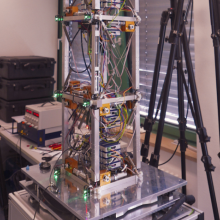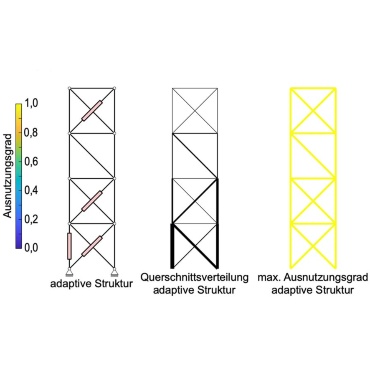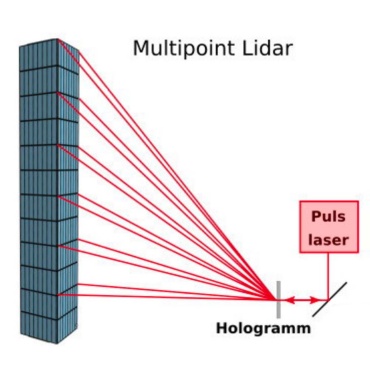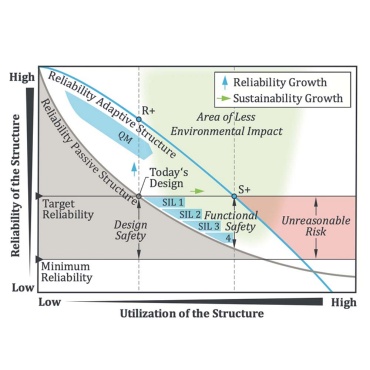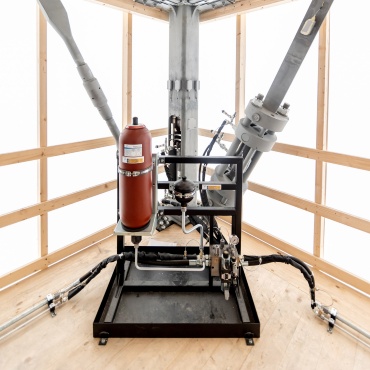The CRC 1244 Adaptive Skins and Structures for Tomorrow's Built Environment aims to show ways to build more in the future with less material, less waste and fewer emissions. At the same time, residents or users of buildings should feel better physically and psychologically in their built environment than before.
The key to implementing these goals is the integration of adaptive elements into supporting structures, the envelope system and interior design. Adaptivity is understood here as the purposeful variability and thus the adaptability of the geometry, the material and the component properties as well as the resulting overall appeal of a building.
Due to the described adaptiveness, i.e. by the active adaptation of structures to a present load case, the limits of the buildable can be significantly shifted. In project B, adaptivity is systematically performed so that all of its aspects can be precisely analyzed, modeled and interpreted.
The new possibilities in the area of design and planning require a classification of all activation principles. Structures with adaptive structures should be analyzed in such a way that the totality of all occurring load cases can be mapped into the load of the building via a dynamic model. The dynamic models are used to derive simulation models, with which various activations can be presented in their effects.
Adaptive structures are always equipped with a circuit consisting of sensors, actuators and controllers. Therefore, information processing must be developed and made available in order to obtain the most comprehensive possible reconstruction of the overall state of the building system from the sensor signals, also from a safety point of view. New methods for interactive visual analysis of the coupled, high-dimensional simulation and sensor data are being developed.
Project area B also focuses on the development of safety concepts. To do this, the buildings must be designed in such a way that defined reliability criteria can be achieved and measures of functional safety can be developed. These are converted into a corresponding security concept that enables a comprehensive fault diagnosis. Therefore, suitable control and regulating algorithms, automation structures, hardware, software development processes are investigated in particular with respect to the safety-related issues.
Subproject Leader of Project B - System Technology and Design:
Prof. Dr.-Ing. habil. Dr. h.c. Oliver Sawodny, Institute for System Dynamics


